exam 3 horticulture
1/72
There's no tags or description
Looks like no tags are added yet.
Name | Mastery | Learn | Test | Matching | Spaced |
|---|
No study sessions yet.
73 Terms
Abamectin
In tests, _______ was 100 % effective against fruit flies.
Neem seed oil
____ protects against rust and powdery mildew and can kill pests such as whiteflies, aphids, mealybugs and lace bugs.
Muscador albus
____ lives naturally within a plant and secretes a gas that stops the growth of plant pests, and maybe the first biological fumigant.
Non-Chemical
Always start with a _____ as the first step in pest control.
Corn
__ is a mostly GMO crop created using endophyte fungus or bacteria that lives between cells or a Bt gene inserted into the genes of plants to protect plants against chewing insects.
Bacillus thuringensis
___ kills by bacteria (Bt) proteins forming holes in the gut and digestive tract and causing fatal starvation to worms and caterpillars.
Eat
One of the ways biological control agents work is to ____ the pest or suck out its body fluids.
Mulch
____ , rather than herbicides, may be used for weed control to minimize the use of harsh chemicals.
Bodies of animals and humans
Chronic toxicity is a danger caused by chemicals that accumulate in ____.
Remove contaminated clothing
In cases of spillage or other types of exposure to a toxic chemical, the most important consideration is to quickly __________.
Dilute the poison
The most important first aid practice is to _________
Organophosphates
Chemicals such as _______ are absorbed rapidly through the skin.
LC50
Inhalation toxicity is measured in ___
Pest organism
The first step in selecting a pesticide is to identify the ___
Nervous system
Some progress has been made in the development and use of pesticides that affect only insects. Chemicals that affect the insect’s ______ are good examples.
Nemagon and Dasanit
______ are chemicals that kill tiny, hairlike worms) that feed on the roots of plants.
Hormones
Attractant lure for attracting and sometimes trapping adult insects, is made from naturally or synthetically produced ___
Warfarin
A common chemical used to control rats and mice is ___
Aldrin, carbofuran, chloropyrifos, DDT
Many insecticides that could be found on the market just a few years ago are no longer approved for use.Examples include_____
Orthene (acephate)
An example of a systemic poison is __
Pyrethrins, Zeta-cypermethrin
An example of a contact poison is ___
Methyl bromide
An example of a chemical fumigant that used to be injected about 2 feet deep into the ground as a pesticide, but has been banned in the US, is ___
Sulfur and copper
__ is a type of an inorganic (mineral) insecticide that is also used as a fungicide.
Escar-GO!
___ is a new slug control that is not toxic to other organisms.
Captan
Dusting or drenching the soil mix with _________ often gives excellent control of seedling root and stem rot.
Timing
The difference between the application of fungicides and insecticides is the __
Stomach
Rodenticides most commonly kill as _______ poisons.
Anthracnose
____ is a disease that attacks the stems and leaves of plants.
Chlorophyll
Fungi are tiny non-green plants that lack ________ and live as parasites and decomposers.
Actinovate
Adding soil bacteria and compost helps control root rot, plus adding _______ in the soil protects the root system from several soil-borne diseases.
7-10 days
Some chemicals must be washed into the germination zone by rainfall or irrigation within ________after application.
Photosynthesis
Dimension kills the plants by preventing ______ from occurring.
Young and in active growth
Most weeds are killed more easily when they are _____
Selective
Broadleaf weeds (dicots) in a cornfield can be killed with _______ herbicide without damaging the corn plants.
2, 4 D
__ is an herbicide that moves through the plant phloem to the meristem tissues, causing uncontrolled and unsustainable growth. It is a synthetic auxin, commonly used on lawns, because it is more effective on dicots.
7 spot ladybug, green lacewing, praying mantis, spined soldier bug
Beneficial:
Aphids, scale insects, 2-spot mite, Mexican bean beetle, Caterpillars, boll worms
Pest:
Butterflies, moths
Both:
Aphthona flava
a flea beetle, released in the USA as a biocontrol agent for leafy spurge (a serious grassland weed)
Bacillus thuringensis (BT)
a soil-dwelling bacterium that is the most commonly used biological pesticide in the world. Bt is in 130 registered products. When ingested, the toxin breaks down the gut lining of insects, leading to infection and starvation within 1-5 days.
Braconoid wasp
a family if parasitoid wasps that provide caterpillar, beetle, fly and aphid control. Also important as pollinators.
Digger wasp
predator of larva, crickets and small bugs. Adults feed on flower nectar and pollen.
Diorhabda
a small leaf beetle released in the USA to control saltcedar, (Tamarix) an invasive, persistent weedthat has a high evapo-transpiration rate, reduces water resources and increases surface soil salinity
Neem tree seed
Azadirachta indica, produces seeds that contain a natural pesticide,insect repellent and anti-fugal agent. It is used for control of aphids, spider mites, caterpillars and fungal plant diseases such as powdery mildew, rust, scab and black spot.
Pyrethrum
organic compounds derived from Chrysanthemumthat have potent insecticidal effects, targeting the nervous systems of insect that touch or eat it.
Seven-spotted ladybug
important natural enemy of aphids, scale insects, whitefly and caterpillars
Streptomyces avermitilis
a soil bacteria that produces avermectins , used as pesticides, nerve poisons, and anti-parasitic drug.
Talaromyces flavus
soil fungus used to control some soil-borne diseases such as Verticillium
Trichoderma
a soil fungus that can control soil pathogens and nematodes.
Anthracnose
fungal disease that causes dark, sunken lesions on leaves, stems, flowers and fruits. Affects some crops, evergreens and several trees, maple, white oak, elm and dogwood,
Bean mosaic virus
causes irregular leaf mottling (yellow, light green or dark green patches or streaks), leaf stunting and curling, stunted growth, reduced yield.
Fusarium wilt
reddish-brown discoloration of the water-conducting tissue of the stem and roots, stunting, pale green and yellow leaves, leaves wilt (shrivel) and drop off
Powdery mildew
white patches of fungal growth on lower surface and upper surface of leafand on stem, leaf edges curl upwards, purple to reddish blotches on leaves, leaves may shrivel, brown and drop off.
Rust
a fungal disease that causes global losses of 1 Billion $ in wheat and 3 Billion in coffee crops. Oval or ring-shaped orange or yellow reddish, rust-colored pustules form on the leaves, reduced photosynthesis, weakens plant and causes yield loss.
Tobacco mosaic virus
causes yellow patches (mottling), necrosis, stunting, leaf curling and yellowing of plant tissues.
Verticillium wilt
Lower leaves yellow and shrivel, plant wilts suddenly, brown or black streaks form in tissue under the bark and branch dieback I trees and shrubs
Bull thistle
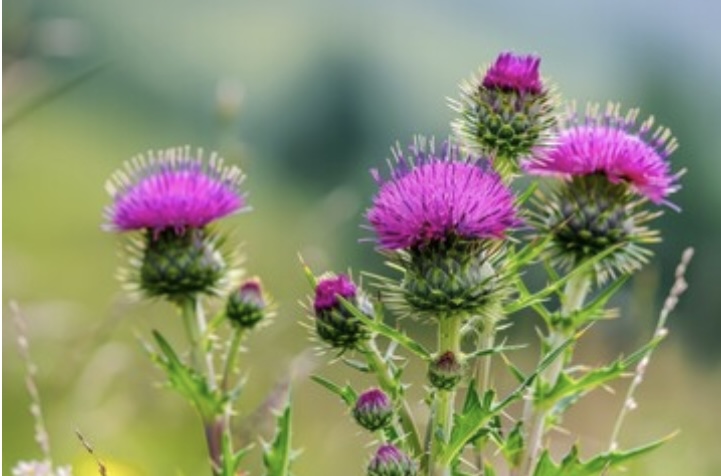
Field bindweed
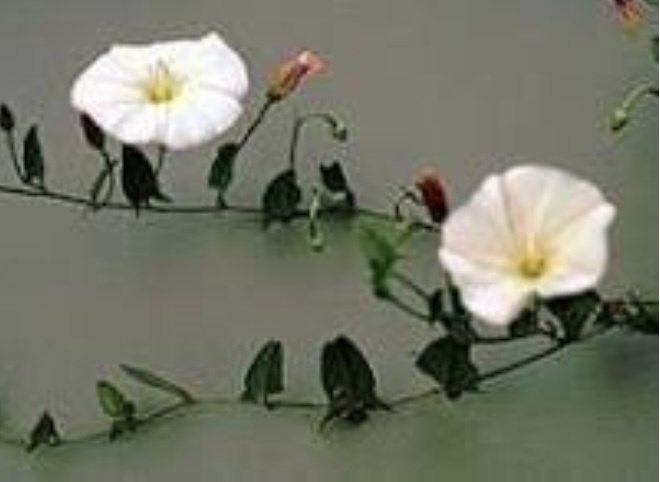
Johnsongrass
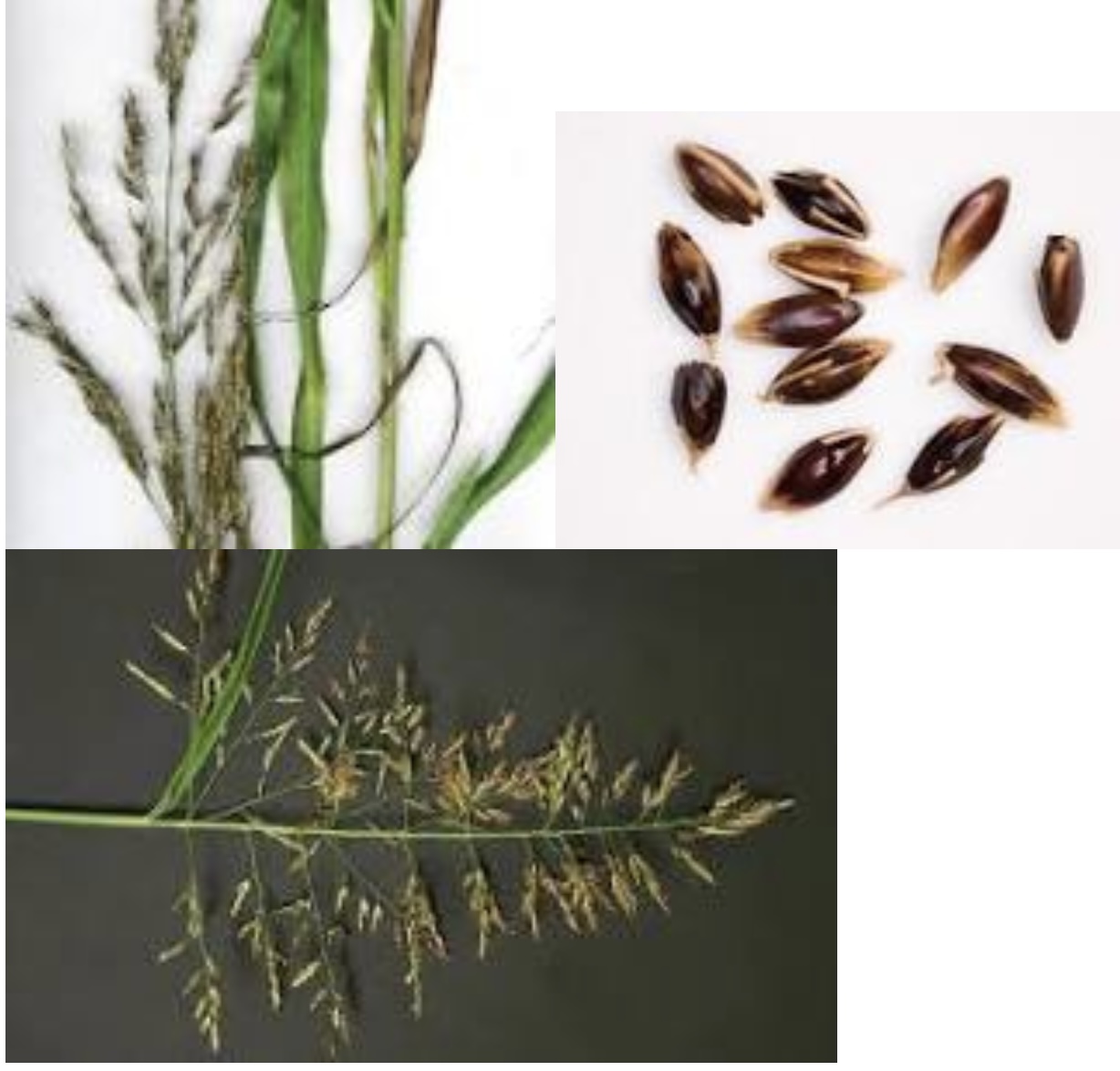
Mesquite
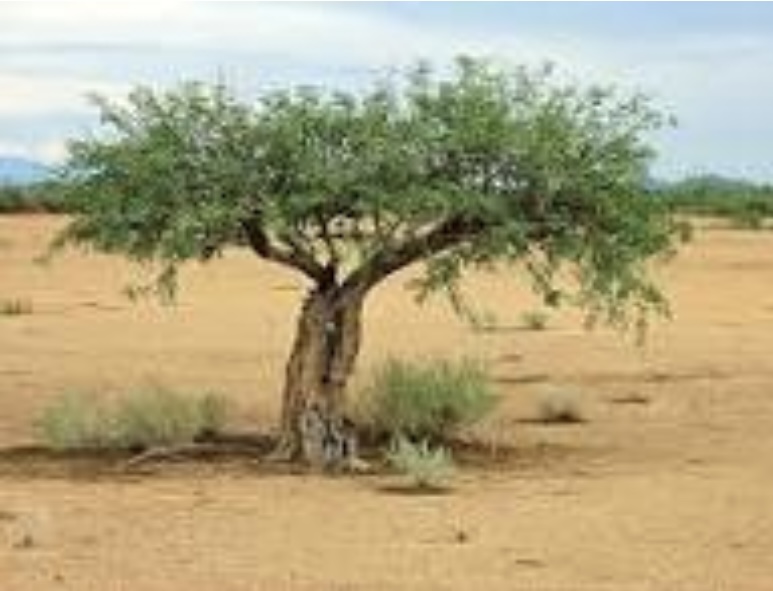
Saltcedar
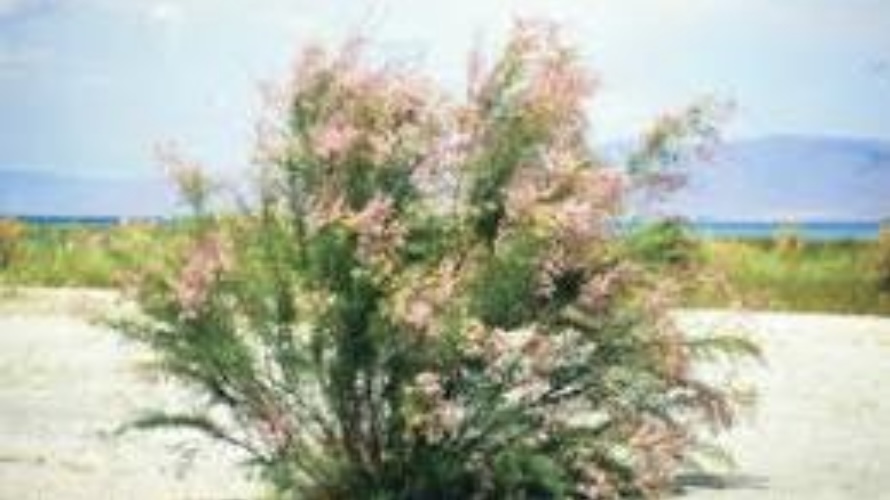
Silverleaf nightshade
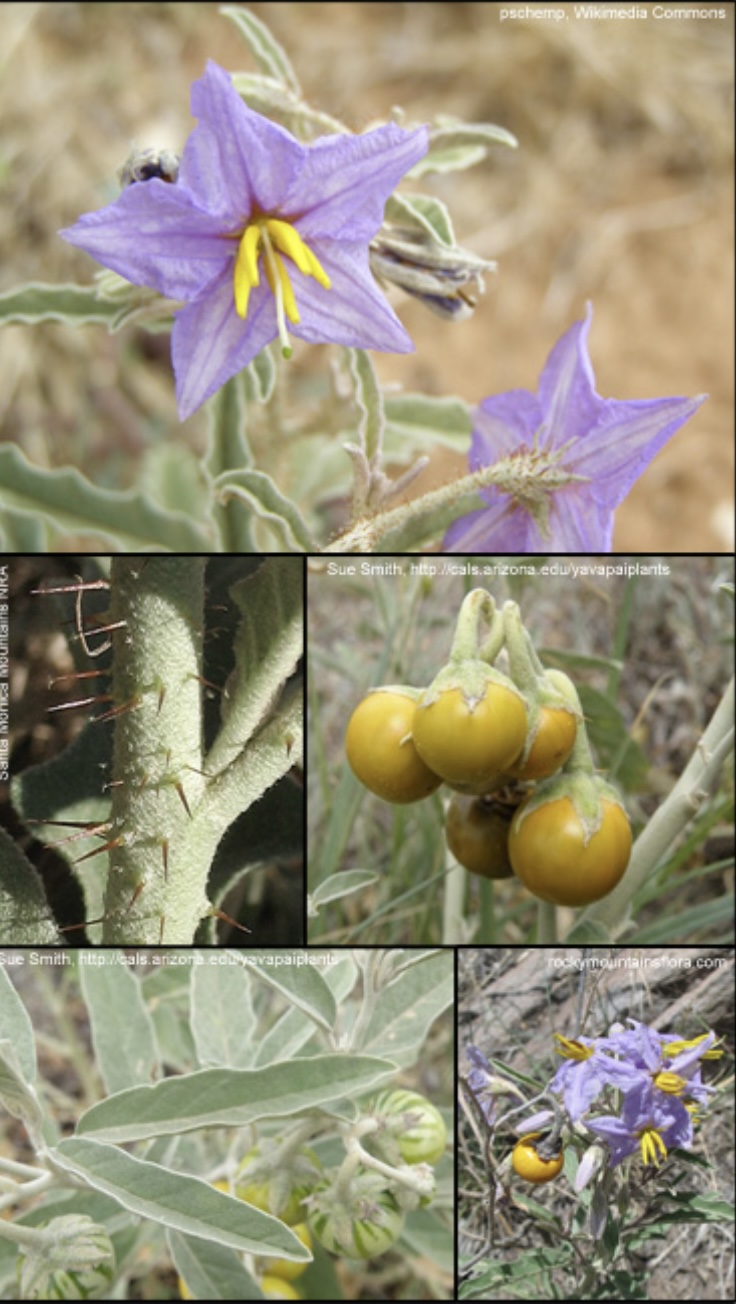
Caterpillar
Chewing mouth parts and eats the whole tissue; leaves droppings
Aphids
Ants may farm these for food
Weevil
Feeds mainly on stored grains
Scale
Sucking mouth parts; covered by a hard shell
Snail
Has a shell; and leaves a slime trail
Grub
Feeds on roots of plants
Spider mites
Causes yellow speckling on leaves where they feed
Mealy bug
Sucking mouth parts: soft bodies covered with cottony wax filaments
Fungus
Long multicellular, filamentous micro-organism containing cell walls.
Virus
Rod-shaped micro-organism composed of strands of nucleic acids surrounded by a protein coat (Note- some are helical [rod-like] and others are polyhedral [spherical)] with 20 triangular faces)
Bacteria
Single-celled micro-organism that comes in many shapes: composed of a membrane-bound cell.